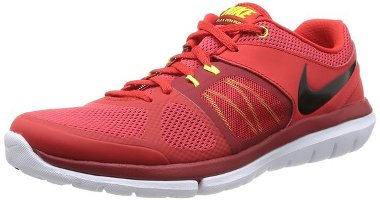More Natural Health Resources
Notes
After 21 years, we made the difficult decision to bring our catalogue to a close. To stay connected with Dr. Kim's writings, please feel free to subscribe for free here: Dr. Ben Kim on Substack. Sending best wishes and thanks to all.







 Back when I ran a residential fasting clinic, my diet was virtually free of processed foods, including bread. Breakfast was usually a large bowl of fresh fruit, avocado, romaine lettuce, and celery; lunch was typically a large salad with vegetable soup and some type of legume, often chickpeas or green peas; and dinner usually consisted of a large salad, steamed vegetables, and some type of gluten-free grain like quinoa or brown rice with guacamole or another nutrient-dense dressing. When I craved organic eggs, wild salmon, or homemade chicken broth-based soups, I ate them with gratitude.
Back when I ran a residential fasting clinic, my diet was virtually free of processed foods, including bread. Breakfast was usually a large bowl of fresh fruit, avocado, romaine lettuce, and celery; lunch was typically a large salad with vegetable soup and some type of legume, often chickpeas or green peas; and dinner usually consisted of a large salad, steamed vegetables, and some type of gluten-free grain like quinoa or brown rice with guacamole or another nutrient-dense dressing. When I craved organic eggs, wild salmon, or homemade chicken broth-based soups, I ate them with gratitude.  Healthy blood circulation is an absolute must for healthy tissues. Strong and steady blow flow allows for constant exchange of nutrients and waste at the cellular level, and also promotes healthy flow of fluid through your lymphatic system, a key component of your immune system.
Healthy blood circulation is an absolute must for healthy tissues. Strong and steady blow flow allows for constant exchange of nutrients and waste at the cellular level, and also promotes healthy flow of fluid through your lymphatic system, a key component of your immune system.  A few summers ago, I mentioned that we purchased
A few summers ago, I mentioned that we purchased  There's no question that it's healthy to engage in exercise and activities that create and maintain muscle mass. Beyond warding off osteoporosis, regular exercise that builds up and sustains muscle can significantly decrease risk of diabetes type 2, as skeletal muscle acts as a storage reservoir for excess sugar that makes its way into your bloodstream. Put another way, the more skeletal muscle mass you maintain, the greater capacity your body has to prevent diabetes and other types of cardiovascular disease.
There's no question that it's healthy to engage in exercise and activities that create and maintain muscle mass. Beyond warding off osteoporosis, regular exercise that builds up and sustains muscle can significantly decrease risk of diabetes type 2, as skeletal muscle acts as a storage reservoir for excess sugar that makes its way into your bloodstream. Put another way, the more skeletal muscle mass you maintain, the greater capacity your body has to prevent diabetes and other types of cardiovascular disease.